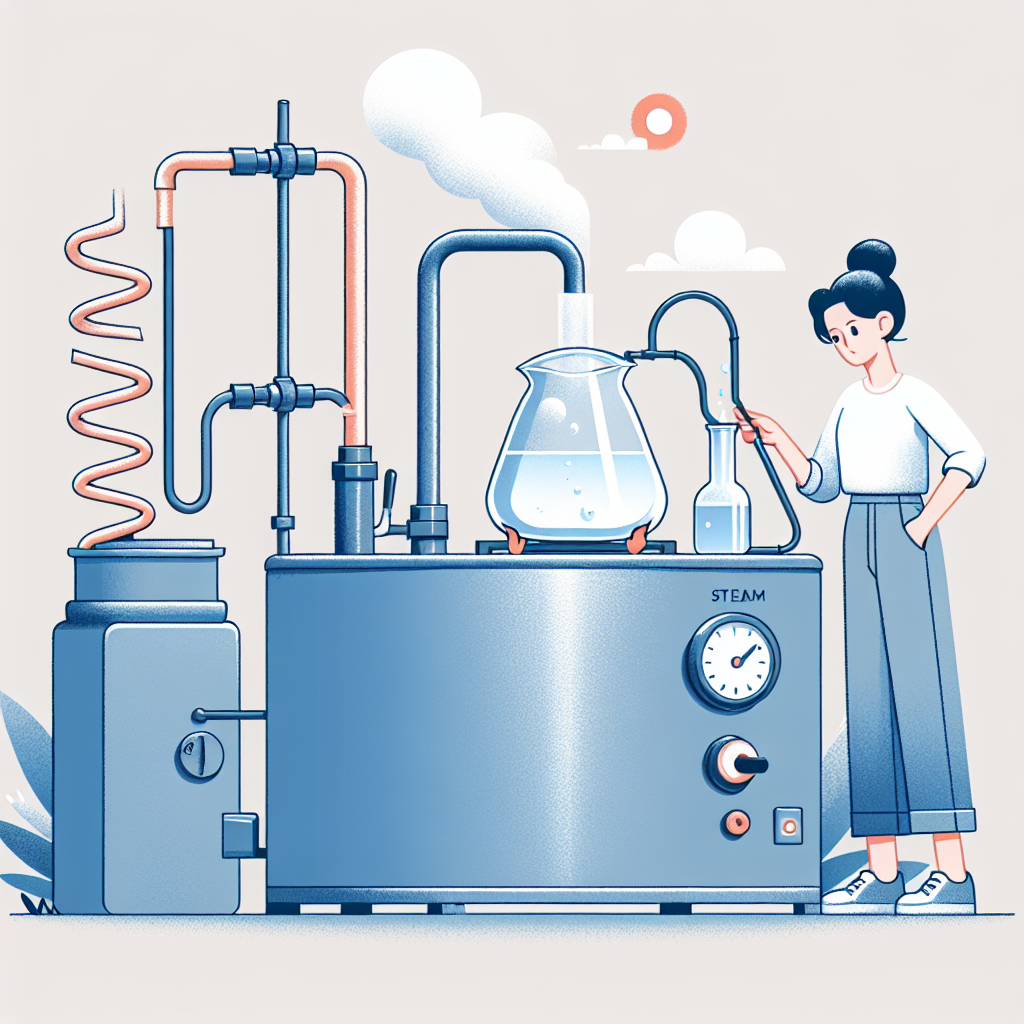
How do you make distilled water at home
Understanding Distilled Water: A Comprehensive Guide
Distilled water is an essential component in various applications, ranging from medical to industrial uses. It is purified water that has been boiled into vapor and condensed back into liquid, removing dissolved impurities, minerals, and contaminants. In recent times, many individuals are opting to create **distilled water at home** for various reasons, including health, brewing, and maintaining household appliances such as humidifiers and steam irons. In this article, we will explore the benefits of distilled water, the process to create it at home, and useful tips to ensure you make it effectively.
Why Use Distilled Water?
There are numerous reasons why people choose to use distilled water. Here are some key benefits:
- Purity: Distilled water is free from contaminants, minerals, and microorganisms.
- Versatility: It is suitable for use in appliances like irons and humidifiers that are prone to mineral buildup.
- Health Considerations: Some people choose distilled water for drinking to avoid the potential harms of chlorine and other substances found in tap water.
- Brewing and Cooking: Many chefs and brewers prefer distilled water as it does not interfere with flavors
How to Make Distilled Water at Home?
Now that we understand the importance of distilled water, let’s discuss the process of making it at home. Essentially, the method involves boiling water and collecting the vapor that condenses back into liquid. Here are the materials and steps you need to follow to produce **distilled water at home**.
Materials Required
To create distilled water at home, you will need:
- A large pot with a lid
- A heat source (stove)
- A heatproof bowl or container
- Ice (optional, but effective for increasing condensation)
Step-by-step Process
Follow these steps to make distilled water:
- Prepare Your Equipment: Place the large pot on the stove and fill it with regular tap water—about halfway.
- Set Up the Collection Container: Invert the pot lid so that its highest point is above the water. Place the heatproof bowl or container in the center of the pot, ensuring it does not touch the water.
- Start Boiling: Turn on the stove and bring the water to a boil. The steam will rise, condense on the lid, and drip into the collection container.
- Increase Efficiency: You can place ice on top of the lid to help with condensation, although it is not necessary.
- Monitor the Process: Keep an eye on the water level and refill it as needed. The boiling process can take some time, so be patient.
- Store the Distilled Water: Once you have collected enough distilled water, turn off the heat and carefully remove the bowl. Allow it to cool and store the water in clean, airtight containers.
Storing Distilled Water
To keep your distilled water safe and effective, follow these storage tips:
- Use Clean, BPA-free Containers: Always store your water in clean, food-grade plastic, glass, or stainless steel containers.
- Keep Away from Sunlight: Store the water in a dark, cool place to prevent the growth of any microorganisms.
- Seal Tightly: Ensure your containers are sealed properly to maintain its purity.
Common Uses for Distilled Water
Distilled water has a wide array of applications. Here are some common uses:
- Household Appliances: Use it in steam irons, humidifiers, and other appliances to prevent mineral buildup.
- Health and Beauty: It can be utilized for skin treatments and in steam inhalation to avoid contaminants.
- Laboratories: Commonly used in scientific experiments and testing due to its high purity.
- Aquariums: Important for maintaining a safe environment for fish and other aquatic life.
Conclusion
In conclusion, creating **distilled water at home** is a simple and beneficial process that opens the door to numerous health and practical advantages. By using the steps outlined above, you can ensure that the water you consume or use in various applications is free of impurities. Whether you’re doing it for your health, home appliances, or culinary pursuits, distilled water serves as a valuable resource. Next time you find yourself wondering about the purity of water in your area, consider distilling your own. Your health and appliances will thank you!
"Making distilled water at home is not only easy; it empowers you to take charge of the quality of water you use."
Additional Tips and Considerations
While the process is straightforward, here are some additional tips to keep in mind:
- Electric Kettles: Some electric kettles come with a steam feature that can effectively distill water.
- Scale Buildup: Periodically clean your equipment to avoid scale buildup from hard water.
- Check Local Water Quality: If your tap water is deemed safe, it is an excellent start for distillation; however, always check the quality of your water source.
FAQs About Distilled Water
Here are some frequently asked questions regarding distilled water.
- Can I drink distilled water every day? Yes, distilled water can be consumed daily; however, you should include necessary minerals in your diet from other sources.
- Is it safe for cooking? Absolutely—using distilled water can improve the taste of foods.
- Can distilled water go bad? If stored properly, distilled water does not spoil, but it can absorb contaminants from the air or the container.
With these insights, you can confidently venture into making distilled water at home, ensuring you have access to clean, safe water for all your needs. Happy distilling!
By Guest, Published on October 9th, 2024